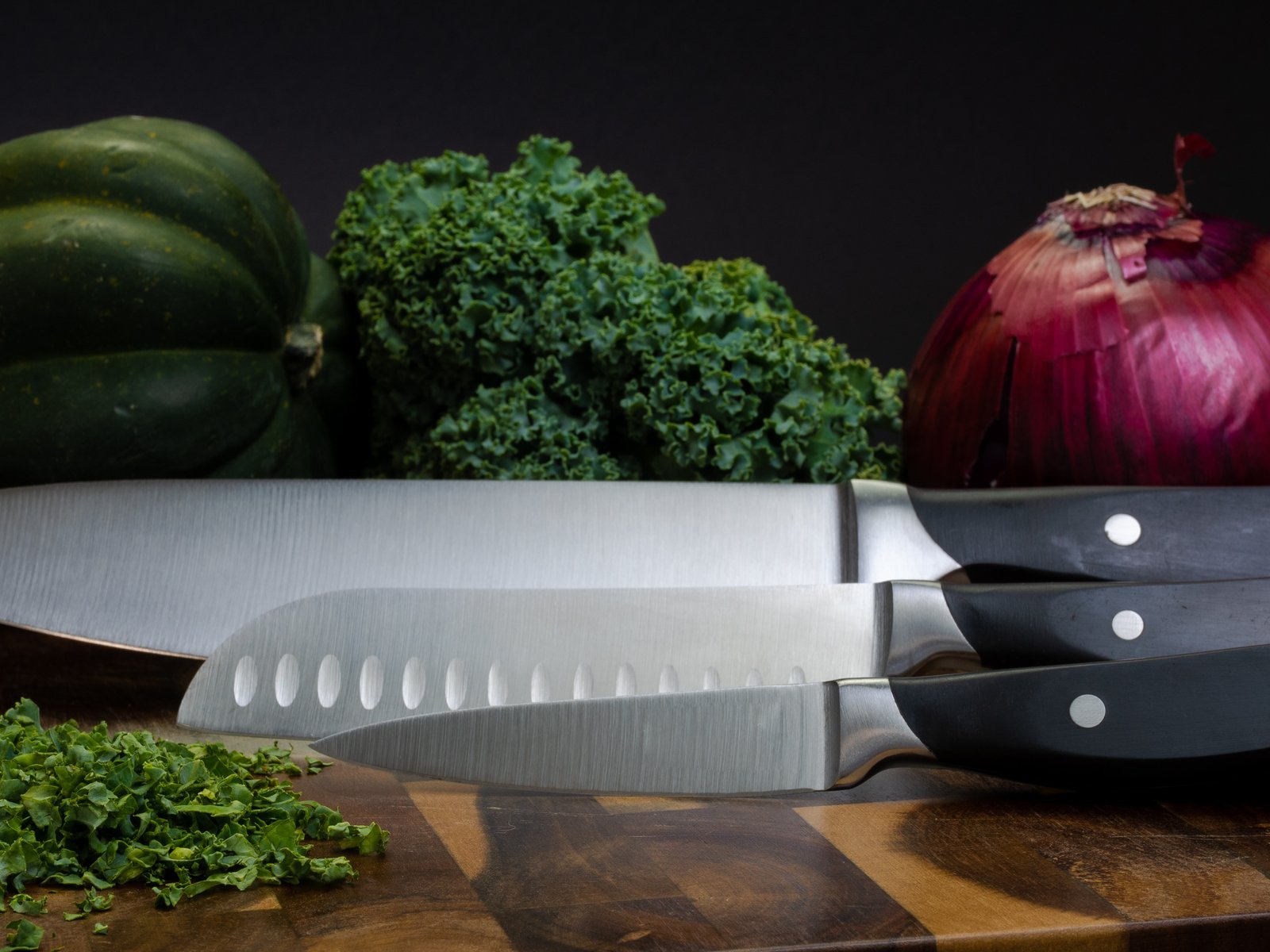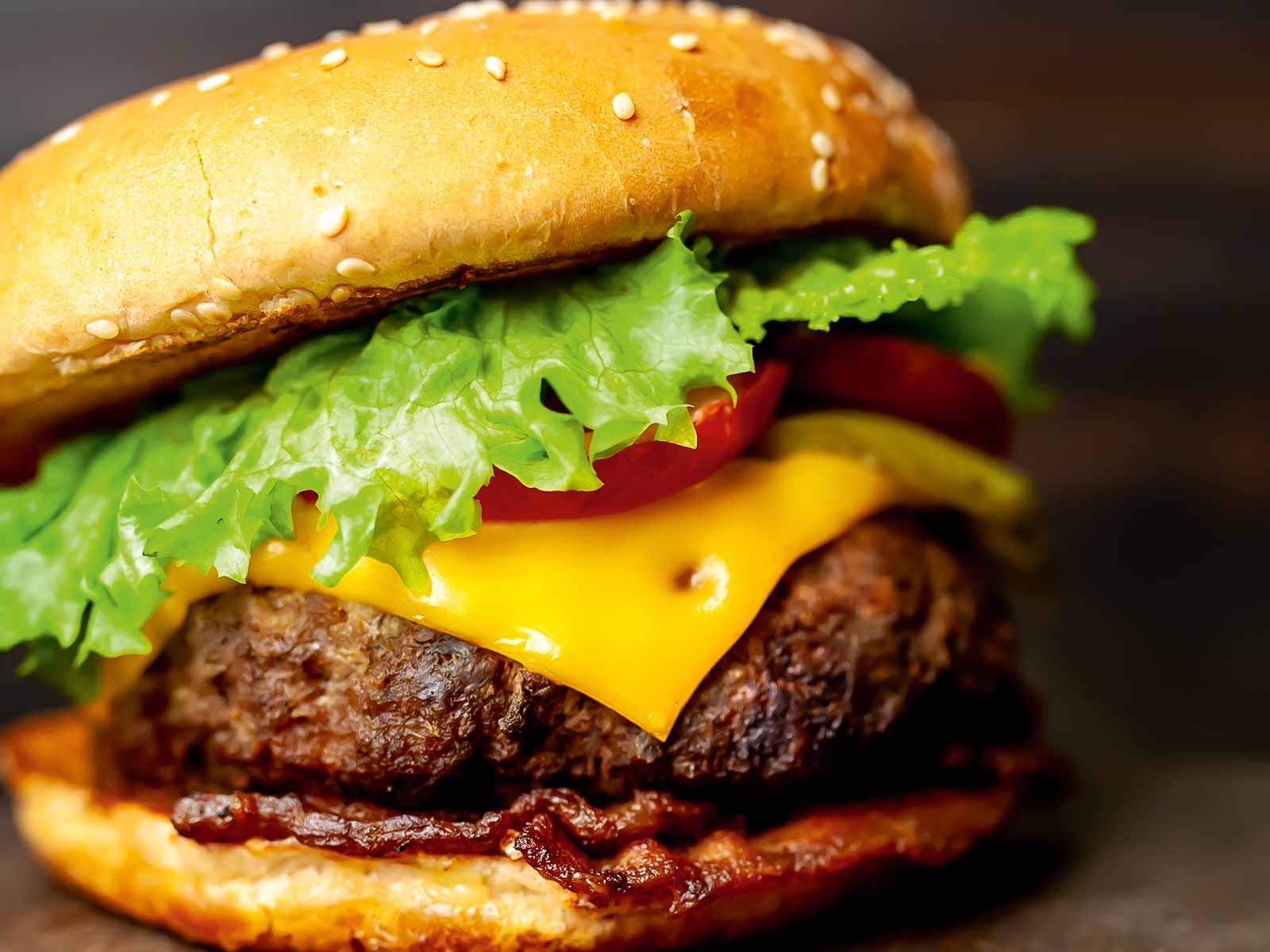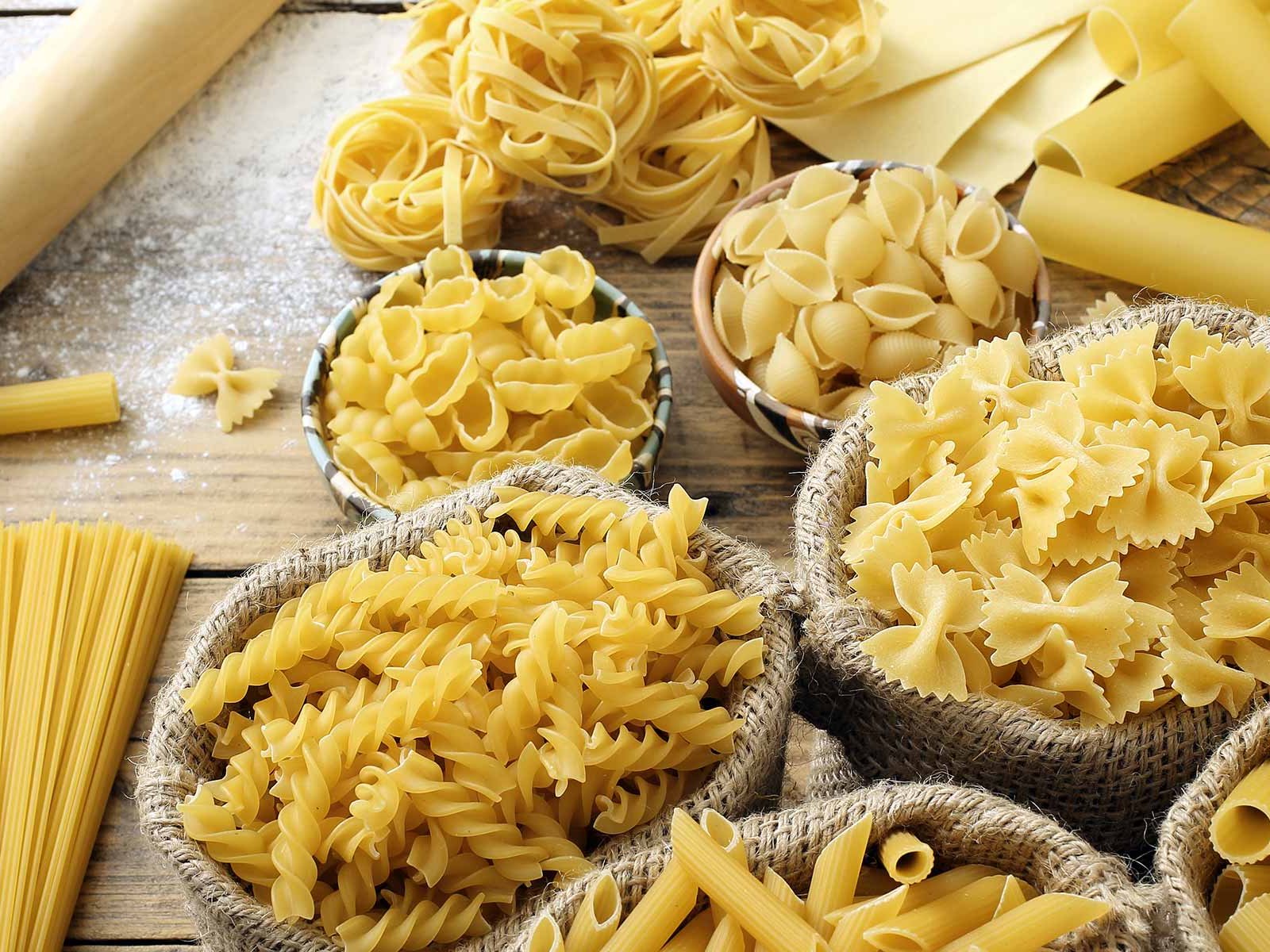Quick Primer on Kitchen Knives
A bit baffled by whether you should be using a cleaver, carving or chef's knife? Here's our quick primer on different kinds of kitchen knives.
Need to invest in a knife but slightly baffled by what you should be hunting down online or in a specialist kitchen store? Here is our quick primer on the different kinds of kitchen knives and what they do best. Plus the materials to look for when you are knife shopping.
Chef's Knife – a large, general purpose knife for chopping, dicing and mincing. Its Japanese counterpart is the santoku or gyuto.
Boning Knife – a thin, pointed blade designed to cut close around bones and sinew. It does the same job as a Japanese honesuki.
Paring Knife – a small, light blade for precise jobs such as peeling fruit, removing prawn veins, deseeding chillies or hulling strawberries. Also known as a petty knife.
Filleting Knife – a long, flexible blade perfect for the delicate job of separating meat or fish from skin and bone. The Japanese deba performs a similar task.
Carving Knife – a long, narrow blade essential for carnivores seeking impeccably fine slices of their Sunday roast. The Japanese equivalent is a sujihiki.
Bread Knife – a serrated blade that cuts through bread crust without crushing the doughy interior. Also useful for slicing thin-skinned fruit such as tomatoes or peaches.
Cleaver – a heavyweight butcher’s knife for cutting meat on the bone. Use this to save time and avoid ruining your other knives.
Different kinds of steel
Steel is an alloy based on iron. Different components create different types of steel:
Stainless Steel
A higher proportion of chromium in the alloy prevents oxidation and corrosion. Stainless steel is easy to clean and look after and it is durable.
Carbon Steel
A higher proportion of carbon hardens the metal so the blades resist wear and retain their sharp edge for longer. Carbon steel is very durable but needs care to protect it from corrosion.
Damascus Steel
The beautiful patterns that grace Damascus steel blades are down to different steels being layered – one harder, one more flexible – and then combined, giving the blade the properties of both kinds of steel. These blades are less hard than carbon steel – the chief attraction is visual – even though different makes have different properties and some are of extremely high quality and sharpness.






